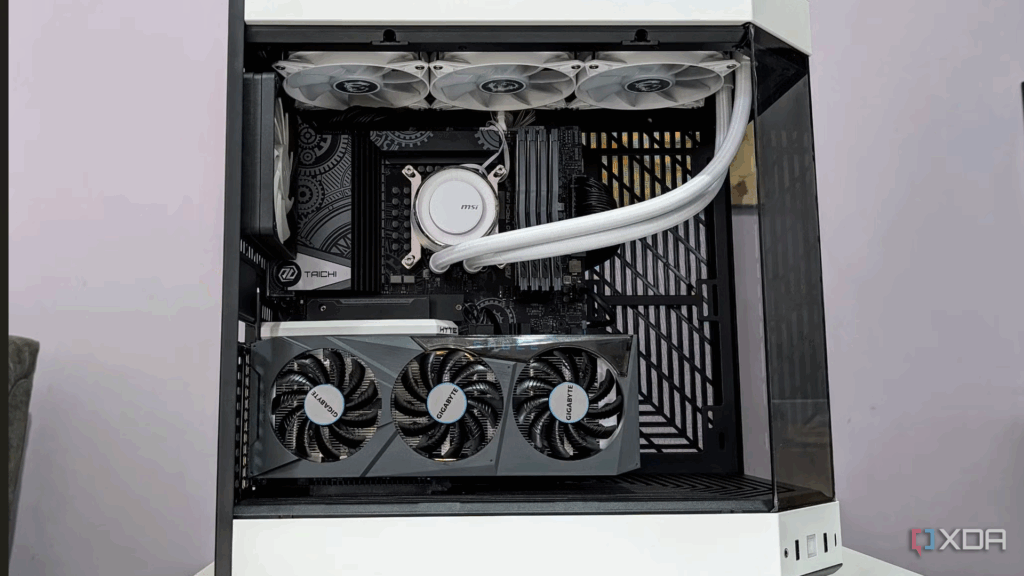
UPDATE: New findings are reshaping the understanding of PCIe bifurcation in consumer PC hardware. This technology, which divides lanes from a single PCIe slot into multiple smaller groups, is critical for maximizing device connectivity. As of today, misconceptions surrounding PCIe bifurcation are being actively debunked, making it essential for tech enthusiasts and casual users alike to grasp these updates.
Why This Matters NOW: As gaming, content creation, and data processing demands surge, understanding PCIe bifurcation can directly impact your hardware’s performance and connectivity. Whether you are a seasoned builder or a first-time user, knowing the facts about PCIe bifurcation is crucial for optimizing your PC setup.
New reports confirm that modern consumer motherboards, including Intel’s Z890 and AMD’s X870E, fully support PCIe bifurcation. This capability allows users to split a single x16 slot into four x4 slots, enhancing the functionality of compact systems that typically only feature one PCIe slot. Previously, bifurcation was limited to workstation or server boards, but this is no longer the case.
Debunking Key Myths:
1. **You Need Special Hardware:** Many believe that bifurcation requires high-end server boards. However, modern consumer chipsets like the B650 also support this feature, making it accessible for a wider audience.
2. **Risk of Hardware Damage:** Some fear that enabling bifurcation could harm their devices. In reality, it is simply a BIOS configuration toggle that poses no danger to hardware. The PCIe controller merely adjusts how lanes are utilized during system initialization.
3. **Performance Loss Concerns:** There are persistent worries about losing performance when splitting lanes. However, bifurcation does not throttle bandwidth; even running a GPU at x8 on a PCIe 4.0 link shows negligible performance drops in consumer workloads. Each PCIe 4.0 lane delivers around 2GB/s, which is often more than enough for most applications.
4. **Riser Reliability Issues:** While early PCIe risers were notorious for instability, today’s options can be reliable if chosen wisely. Users should opt for risers explicitly rated for PCIe Gen 4 or Gen 5 to ensure compatibility and performance.
Next Steps: As these myths are dispelled, users are encouraged to investigate their motherboard manuals for bifurcation support and to select quality risers that correspond to their system’s PCIe version. With the right setup, the potential for hardware expansion is immense.
Stay tuned as more information becomes available regarding PCIe bifurcation and its applications in consumer technology. Understanding these developments is vital for anyone looking to enhance their PC performance in today’s rapidly evolving hardware landscape.
For continuous updates, follow reliable tech news sources and engage with community forums to share experiences and insights. Don’t miss out on the chance to maximize your PC’s capabilities—this knowledge could transform your computing experience.





